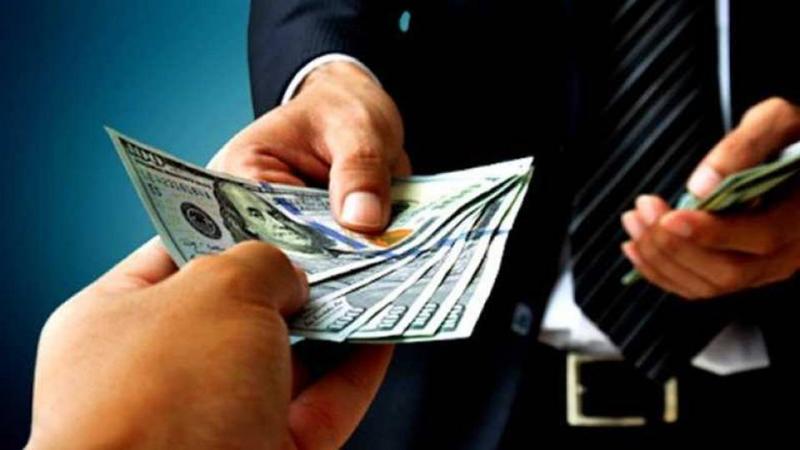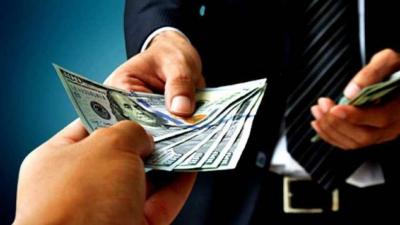An international report warned of Lebanon's "pessimistic scenario," which assumes that the government will fail to implement necessary reforms. This would nullify the agreement with the International Monetary Fund, deplete the Banque du Liban’s reserves, and raise the debt-to-GDP ratio to over 200%. Consequently, Lebanon would be classified as a Failed State, similar to Venezuela, Somalia, and recently Sri Lanka. The risk of Lebanon’s disintegration would be very high in this scenario, compounded by expectations of further contraction of GDP and a significant depreciation of the lira against the US dollar, potentially reaching 40,000 lira by the end of this year and 110,000 lira by the end of 2026. The report pointed out that the ongoing political paralysis in the country would delay the implementation of the necessary reforms needed to unlock financial aid totaling up to $15 billion over four years from the international community, including $3 billion from the IMF and around $12 billion in commitments from donor countries at the CEDRE Conference.
In contrast, the "optimistic scenario," according to the latest report by the Institute of International Finance, which was released recently and titled "Accumulation of Challenges," assumes that the authorities will commit to essential economic reforms. This could lead to a real GDP growth of 6% in 2023 and 8% in 2024, while inflation would drop below 100% between 2023 and 2024 and below 10% between 2025 and 2026, due to an improvement in the lira's value against the dollar, currency unification, and a decrease in commodity prices. Consequently, these reforms could ensure a primary surplus in the 2023 budget and beyond; government revenues are expected to recover from 9% of GDP in 2022 to 17% in 2026. The IMF program is expected to put Lebanon's debt on a downward trajectory. Overall, Lebanon could recover its GDP level, reaching $53 billion over a four-year period.
While the government’s medium-term forecasts are considered overly cautious, the international institution notes that the economy could rebound quickly if the reforms required by the IMF are implemented and financial aid is ensured during the period from 2023 to 2026. The promised international inflows are equivalent to 70% of the current GDP, which is approximately $22 billion. The report emphasized the need to form a "national unity government" that is not affected by political disputes to implement the necessary reforms, including the measures agreed upon with the IMF, which would bolster confidence both domestically and internationally. This would help the economy recover, with growth forecasts reaching 3% this year, supported by strong tourism activity, even as inflation rates rise from 96% to 156% due to the depreciation of the Lebanese lira against the dollar and increasing food and fuel prices.
The report also urged the swift implementation of essential reforms discussed with the IMF, even if a government is not formed, foremost among them approving an emergency law to address banking issues, adopting a revised banking secrecy law, completing the forensic audit of the Banque du Liban, unifying exchange rates, approving the 2022 budget project to restore fiscal sustainability, preparing and approving a medium-term financial framework by the government, and adopting an official "capital control" law.
Regarding the indicators of the deficit: a current account deficit of $2.7 billion and net capital of $2.3 billion, it is expected that the Banque du Liban's reserves in hard currencies, excluding gold and Eurobonds, will reach $9 billion by the end of this year, noting that the latest statistics as of mid-month show that reserves have actually reached $10 billion, with a loss exceeding $2.5 billion since the beginning of this year.
As for options to facilitate the withdrawal of deposits, such as securing a large portion of deposits in foreign currency in Lebanese lira within a comprehensive agreement with the IMF, the report noted that this agreement would increase confidence, placing Lebanon on an economic recovery path and helping to stabilize the unified exchange rate at a level better than the rate applied in the black market.
In relation to the government’s plan to burden depositors with a significant share of the financial gap totaling approximately $73 billion, the international institute pointed out the possibility of modifying the haircut percentage on deposits so that the government and the Banque du Liban bear a larger share of the financial losses. This is contrary to the financial policy memorandum that proposes writing off $60 billion from banks' investments at the central bank. Moreover, releasing IMF aid could help the Banque du Liban secure sufficient liquidity in Lebanese lira for banks, enabling them to meet demand for withdrawals in lira, noting that a significant portion of foreign currency deposits belonging to a category representing 5% of large deposits exceeding $200,000 could be recouped through a fund to recover deposits, which would issue certificates of deposit backed by banks against their accounts with the Banque du Liban, linked to an average interest rate of 4% paid by the central bank and deposited in the fund. Additionally, part of the large deposits could be repaid by converting 50% of any expected primary surpluses in the budget into the fund.
The report revealed other options to enhance the fund's assets, such as the government awarding contracts to international companies for the reconstruction and management of the Port of Beirut over a 20-year period, and establishing a national real estate fund that could generate significant profits if managed effectively.




